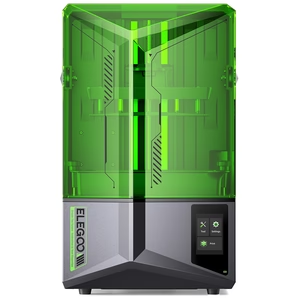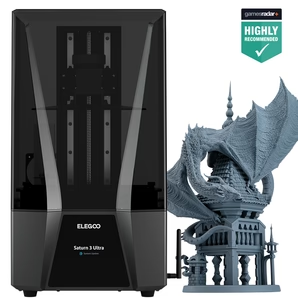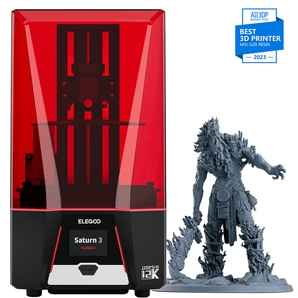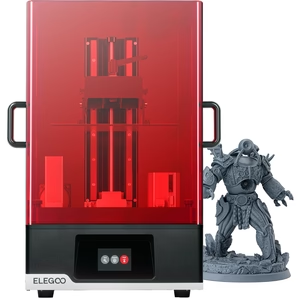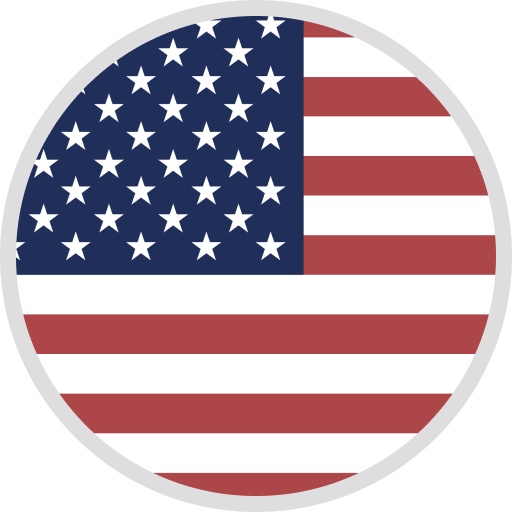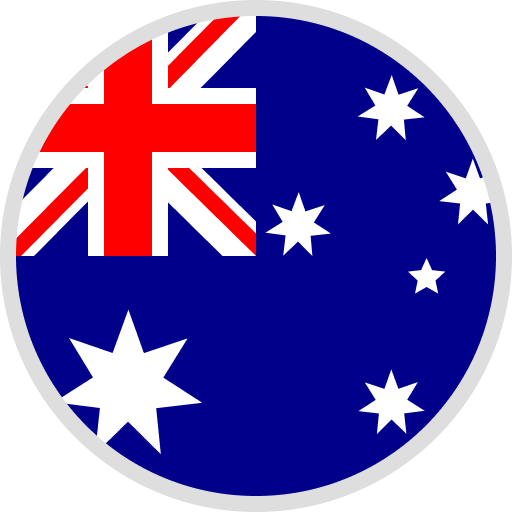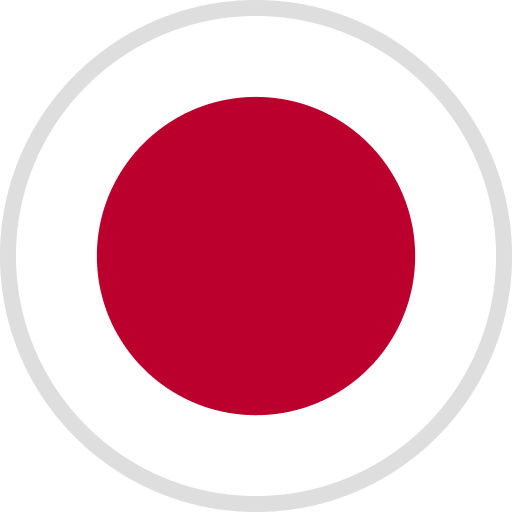When you enter the world of 3D printing, whether as a beginner or an experienced user, one of the first and most crucial decisions you'll face is choosing the right printing materials.
Each material offers different strengths and challenges, impacting everything from the aesthetics to the functionality of your printed objects. This blog post aims to guide you through the essential considerations for selecting the best 3D printing filament, helping you make informed decisions for your custom 3D printing projects.
Key Filament Types: PLA, ABS, and PETG
Understanding the differences between the most commonly used filaments—PLA (Polylactic Acid), ABS (Acrylonitrile Butadiene Styrene), and PETG (Polyethylene Terephthalate Glycol)—is pivotal.
Here’s a quick rundown:
PLA is biodegradable, eco-friendly, and easy to print with, making it a favorite among 3D printing for beginners. It's ideal for non-functional models or educational projects due to its low melting point. ABS is known for its toughness and high-temperature resistance, suitable for functional parts that require durability. However, it can emit fumes during printing, thus necessitating good ventilation. PETG combines the ease of printing seen in PLA with the strength and temperature resistance closer to ABS. It's also hydrophobic, making it great for objects that might be exposed to moist environments.
By comparing PLA vs ABS vs PETG, you can start to appreciate how the choice of material affects the success of different projects.
Advanced 3D Printing Techniques and Materials
As you gain experience, you might want to explore more advanced 3D printing techniques and materials. Materials like TPU (Thermoplastic Polyurethane) are known for their flexibility and are great for items like phone cases or wearable prints.
On the other hand, materials like Nylon and Polycarbonate are prized for their strength and heat resistance, ideal for mechanical parts or items under thermal stress.
Using the right 3D printing design software is critical when working with these advanced materials. Software that can adjust printer settings like temperature and print speed is vital for successful prints.
Additionally, exploring 3D printing tutorials online can help master these materials and their respective printing techniques.
Choosing the Right 3D Printer and Filament
When selecting a 3D printer, consider what type of materials it can handle. Not all affordable 3D printers can print with materials like ABS or Nylon due to the required temperatures. If you're starting out, finding an affordable 3D printer that supports PLA might be your best bet.
Reading up on 3D printer reviews can help you find a machine that meets your material requirements without breaking the bank.
Also, think about the ecological impact of your printing. Eco-friendly 3D printing is becoming more of a priority in the industry. Companies are now producing recycled or biodegradable filaments, which helps mitigate the environmental impact associated with printing.
Resources and Continued Learning
The journey into 3D printing doesn't end with the purchase of a printer and selection of material. Leveraging resources like 3D printing software, engaging with 3D printing services near you, and participating in community projects can enhance your skills and knowledge.
For educators, integrating 3D printing in education offers students hands-on experience with emerging technologies, preparing them for future careers in industries where 3D printing is revolutionizing manufacturing processes.
Lastly, keeping up with 3D printing industry trends through blogs, tutorials, and expos will keep you informed of new materials and technologies as they emerge. Whether it’s exploring eco-friendly practices or delving into custom 3D printing projects, there's always more to learn.
In conclusion, choosing the right material for your 3D printing project can seem daunting, but with the right information and resources, it becomes an exciting step towards bringing your ideas to life.
Remember, each material has unique properties and choosing wisely will determine the functionality and quality of your final product. Happy printing!




























